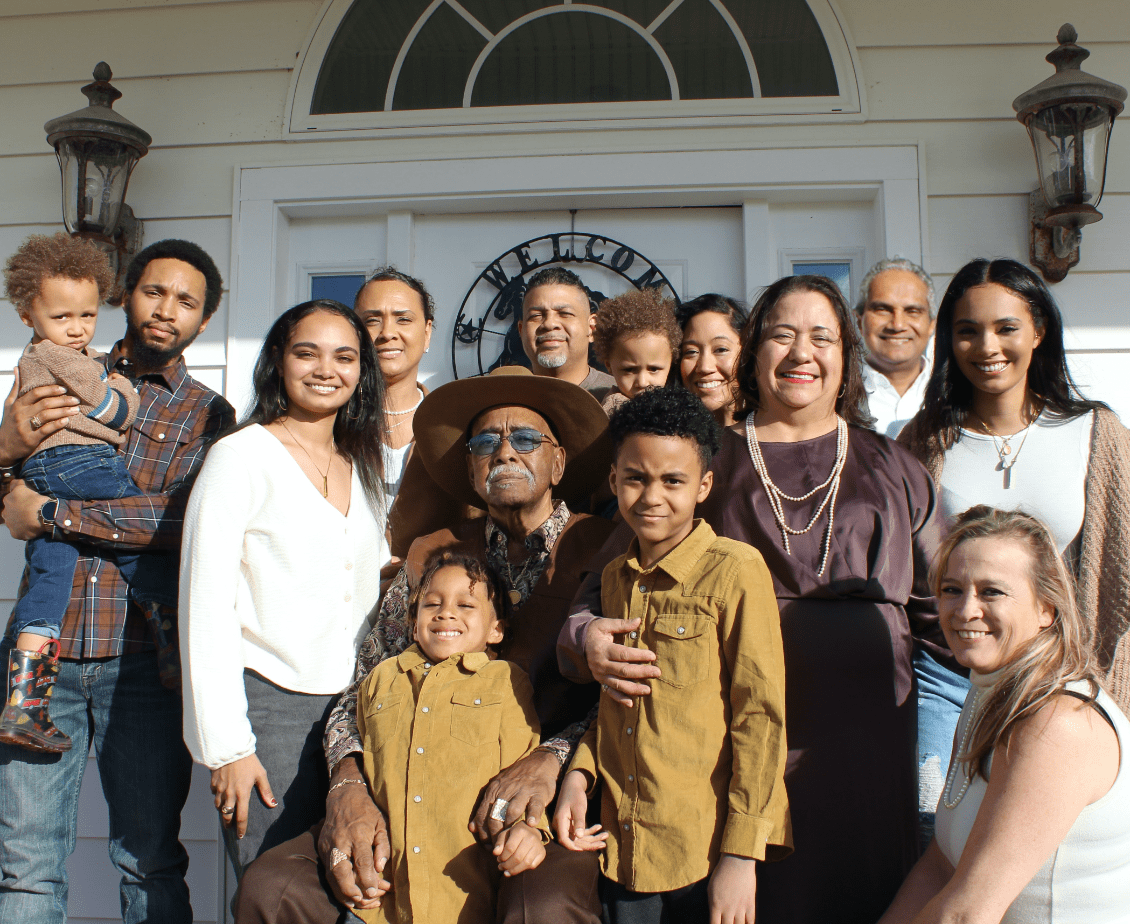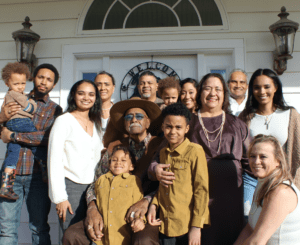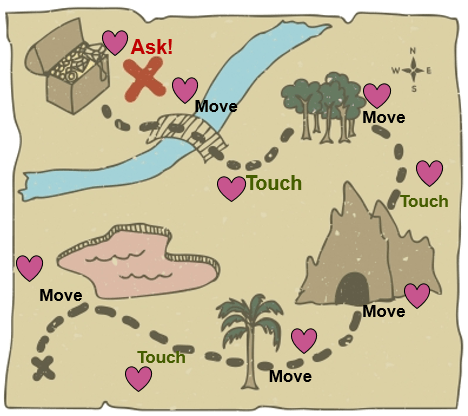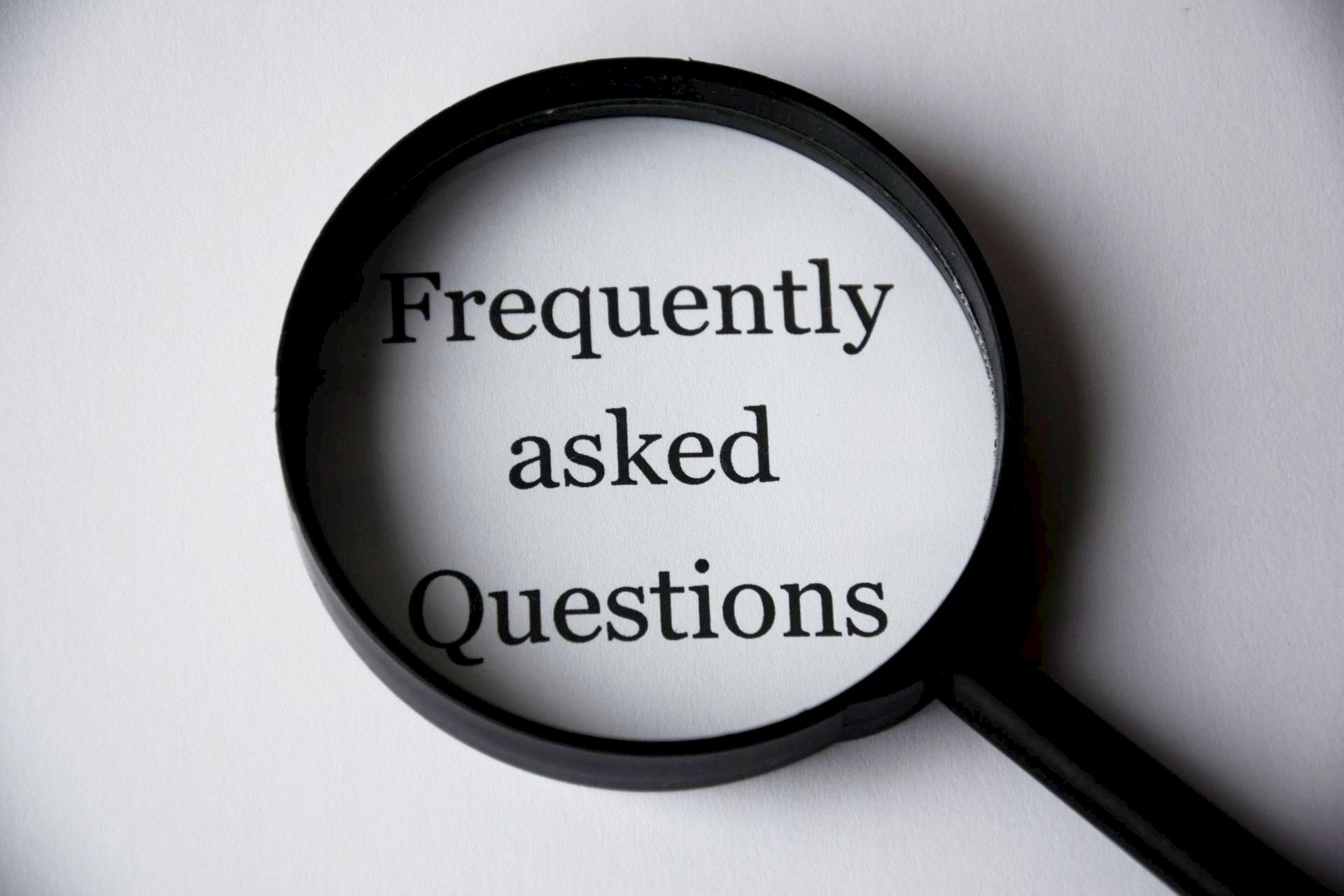How Not to Ask for a Major Gift
 Twice in the past month I’ve been asked for a major gift.
Twice in the past month I’ve been asked for a major gift.
Pretty much out of the blue.
Without much preparation, relationship-building or making of an inspiring case for support.
It was clear to me what the charity would get out of it: my money. It was not so clear what I would get out of it. Should I not care?
-
Perhaps not.
-
Perhaps if I were the ideal, perfect donor I would give with no expectation of receiving anything in return.
-
Perhaps if I were less ego-centric, I’d just do it because it was the “right thing to do.”
-
Perhaps if I were not on a quest for personal meaning, I’d give just because the person who asked is someone I know (though, not all that well); it would give them a feeling of success, and that would bring me some happiness.
-
Perhaps if I were not searching for a community of folks who share my values, I’d give without quite understanding the depth and breadth of values enacted by these charities or without having met more of the people involved.
-
Perhaps if I were not examining what it is that sparks joy in my life, I’d give whether or not this cause was currently at the top of my list or I’d been given opportunity for reflection and consideration.
But I’m not perfect.
I’m betting most of your donors aren’t either.
Donors have expectations… egos… personal meaning they’re seeking… communities they’d like to form… and cups of joy that need filling. Otherwise they wouldn’t be human.
And even if you could find a perfect donor prospect, in the instances where I was asked the case for why this was the right thing for me to do wasn’t even made all that well. The ask was about money, not impact.
There was simply an assumption that since I’d shown interest in the past, I would welcome this opportunity to demonstrate my interest even more passionately.
Okay. That’s not a bad starting place. But… you should never assume. You know what they say about the word “assume,” right?
Details

 13 happens to be my lucky number. I want it to be lucky for you too.
13 happens to be my lucky number. I want it to be lucky for you too.
 People are more generous when they feel more connected.
People are more generous when they feel more connected. 
 If I had to tell you what you need to do to succeed with major gift fundraising in one sentence it would be this:
If I had to tell you what you need to do to succeed with major gift fundraising in one sentence it would be this:

 Probably not as much as you might think.
Probably not as much as you might think.


 If I had to tell you what you need to do to succeed with major gift fundraising in one short paragraph it would be this:
If I had to tell you what you need to do to succeed with major gift fundraising in one short paragraph it would be this: